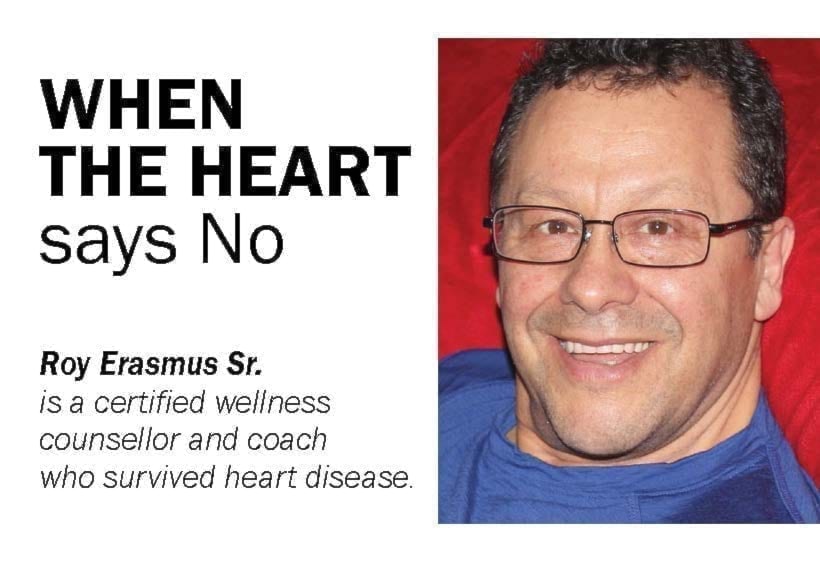As part of News/North’s special edition on Health, I thought I’d give you the skinny on mental health and addictions in the NWT.
I must have known I was going to write this article, because I spent many years doing research in places like the Gold Range, Gallery, and Trapline bars. Eschia!
Thank heavens I saw the light and finished doing my research over thirty years ago. And I want to assure you that the information I am providing is more recent than my past research. LOL.
It’s also important to note that this article discusses people aged 15 or older, even though many young people do those things. Right? Right!
Let’s start with alcohol. Forty-three per cent of everybody in the NWT who had at least one drink last year are heavy drinkers. Whoa, this means nearly half of all drinkers have four or more drinks at one sitting, at least once a month.
More men than women are heavy drinkers. But don’t start acting cheeky now women. Why? because four out of every ten women drink heavily … so, you’re not far behind us men.
As we know, many bad things come with heavy drinking including violence, risky sexual behaviour, injuries, loss of employment, relationship breakdown, mental health disorders, and cancer or chronic disease.
Driving while drinking is very dangerous, yet 12 per cent or one in eight people drive within an hour of having two or more drinks. Not cool.
And to boot, just as many people ride with someone who had at least two drinks within the last hour. Foolishness. Mind you, I didn’t think it was foolish when I was still doing my research.
What about harm to people? When I say harm, I mean physical assault, insults, humiliation, family or marriage problems, being pushed or shoved, serious arguments, or verbal abuse.
Well, in 2012, almost half of the people in the NWT were harmed because of someone else’s drinking. Once again, slightly more men were harmed than women.
Also, more Indigenous people were harmed than non-indigenous people. And almost twice as many people in the smaller communities were harmed compared to the regional centres or Yellowknife.
Generally, the more educated you are the less likely it is you will be harmed due to someone else’s drinking.
Drug usage
First, let’s look at the use of cannabis, also known as weed, pot, or marijuana. The vast majority of consumers are between the ages of 15-39, with 20 per cent of women and 31 per cent of men using marijuana at least once in the past year.
Did you know that weed significantly affects your ability to drive safely? No? Well it does, and almost one in three persons who consumed cannabis reported driving within two hours of using. Not cool. Stop putting us in danger.
Cocaine is a powerful stimulant that comes as a white powder, and which people snort or inject. Crack is a form of cocaine that can be smoked.
People in the NWT use crack and cocaine way more than the rest of Canada, with twice as many Aboriginal people using than non-aboriginal people.
And guess what? Education plays a big part in coke/crack usage. Basically, the more educated people are, the less likely they are to use. In fact, over two times as many people with high school diplomas have used coke than people with degrees. Three cheers for education!
Hallucinogens, like PCP, magic mushrooms, or LSD, can cause hallucinations, or other changes in perceptions, thoughts, or emotions. Similar to other drugs, more Aboriginal people use hallucinogens than non-aboriginal people and more males use than females, all at a higher rate than the national average. What is a bit different is that the lowest rate of use is by people with less than a high school diploma and the rate of usage is virtually the same for everybody else.
Despite all this drug and alcohol usage, 59 per cent of people in the NWT said they had very good or excellent mental health and the more money people make, the more likely they are in good mental health. Yay.
Considerably more non-indigenous people say they have good mental health than Indigenous people. This is not surprising, as non-indigenous people usually have a higher education and make more money.
People 60 and over have the highest rate of poor mental health. Sad, but true. This is due to a lot of factors, although they usually make less money than others.
So now you have the low down on addictions and mental health in the NWT.
